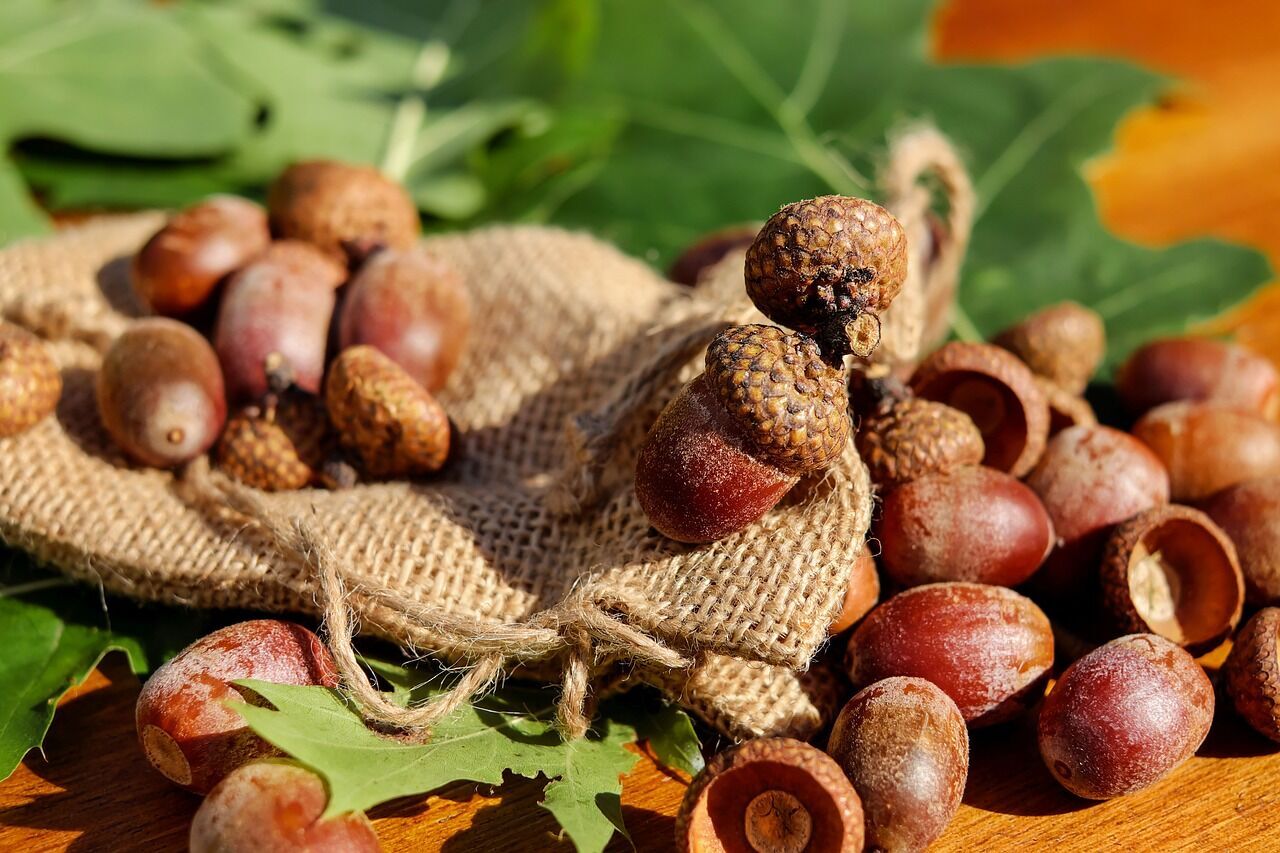First off, playing with steam – especially under pressure is a dangerous thing. Failure to use common sense and a healthy dose of caution can melt the flesh from your bones. However, if channeled properly steam can transmit a lot of power and turn heat to torque. I have already shown you my weed-eater […]
Month: February 2012
How to Eat Acorns: Removing Tannins and Making Flour
Acorns are not something most of us think about as food, however, Acorns were a staple of many Indian tribes and were used as a primary foodstuff from one coast to another. According to Jackie Clay (of Backwoods Home fame) Acorns have been tested and found to be possibly the best food for effectively […]
Prepper Precepts #16 Be Balanced in Your plan
Be balanced in your plan. All food no gun, makes you vulnerable to those with all gun and no food. It’s better to have a lower level of prep that is more versatile. You must cover water, food, shelter, defense, communications, and medical. You should not have an extremely high level of preparedness that […]



